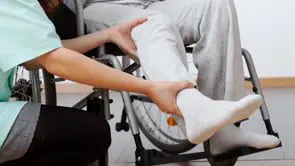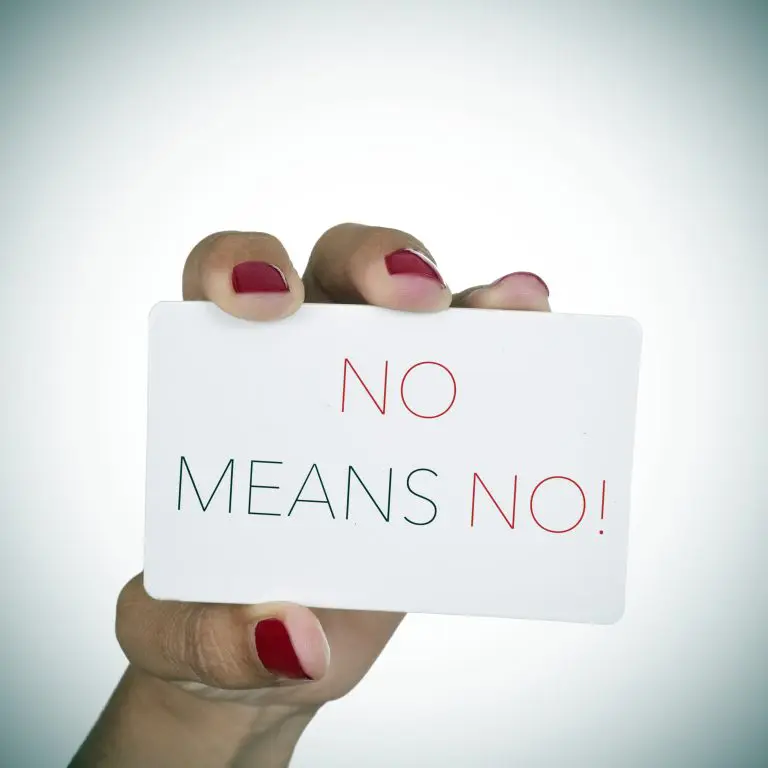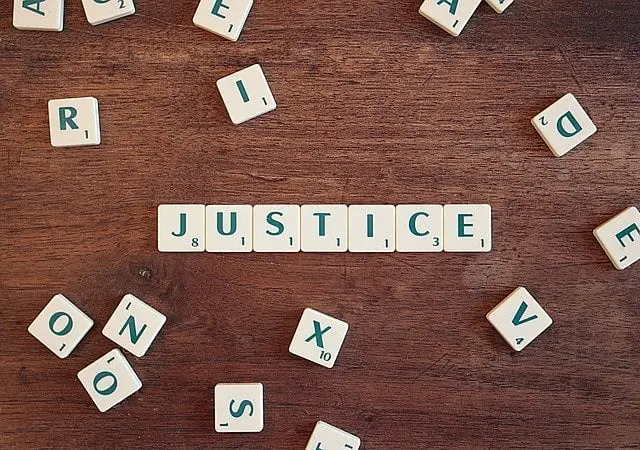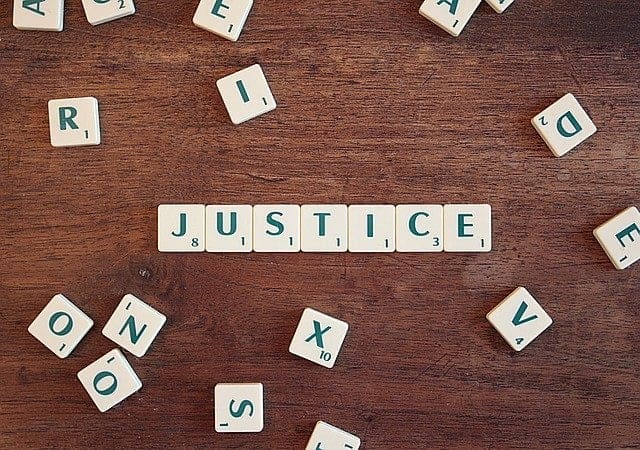Domestic violence remains one of the most critical issues facing our society today. It transcends cultural, social, and economic boundaries, affecting individuals and families across the globe. This pervasive issue calls for a robust legal framework to protect victims and prevent future acts of violence. Understanding domestic violence laws within both civil and criminal jurisdictions is crucial for victims seeking safety, justice, and peace. This article aims to shed light on the rights, resources, and legal avenues available to those impacted by domestic violence.
The legal response to domestic violence has evolved significantly over the years, reflecting a growing recognition of its severity and the need for comprehensive protective measures. Civil law offers victims various forms of relief, including protective orders and restraining orders, which are designed to prevent further abuse by legally prohibiting the abuser from contacting or coming near the victim. These orders are critical tools in the immediate protection of victims, offering a semblance of safety and security.
In the realm of criminal law, domestic violence is treated with the seriousness it deserves. Acts of violence within the home are not only violations of civil peace but are criminal offenses subject to prosecution. Criminal charges can range from assault and battery to more severe charges, depending on the nature of the abuse. The prosecution of these crimes serves multiple purposes: it holds the perpetrator accountable, provides a measure of justice to the victim, and serves as a deterrent to future violence.
Victims of domestic violence often face numerous obstacles when seeking help. The fear of retaliation, economic dependence, and the emotional complexities of abusive relationships can all impede the pursuit of legal recourse. Recognizing these challenges, the legal system, and various support organizations offer resources aimed at empowering victims. Legal aid services, domestic violence hotlines, and shelters provide confidential assistance and support to those in need.
An essential aspect of addressing domestic violence is the availability of support systems for victims. Counseling and advocacy services play a vital role in the recovery process, offering guidance, emotional support, and practical assistance. These services can help victims navigate the legal system, understand their rights, and make informed decisions about their futures.
Prevention and education are also key components of the fight against domestic violence. Public awareness campaigns and educational programs aim to shift societal attitudes, promote healthy relationships, and highlight the signs of abuse. By fostering an environment of understanding and non-tolerance for domestic violence, communities can contribute to the overall reduction of this pervasive issue.
The legal landscape of domestic violence is complex, encompassing a wide range of laws and regulations. Jurisdictional variations mean that the specifics of legal recourse and protection can differ significantly from one location to another. Therefore, it is imperative for victims and those assisting them to be well-informed about the local legal framework and available resources.
In conclusion, the fight against domestic violence is multifaceted, requiring a coordinated effort from legal systems, support organizations, and the community at large. Understanding domestic violence laws and the resources available to victims is the first step toward empowerment and recovery. Through awareness, education, and legal action, society can move closer to eradicating the scourge of domestic violence, ensuring safety and justice for all affected individuals.
As we delve deeper into the intricacies of domestic violence laws and the support network available, it becomes clear that a multi-layered approach is essential for effectively combating domestic violence. Legal mechanisms, while crucial, are just one part of a broader strategy that includes education, prevention, and the provision of support services.
Legal Protections and Procedures
At the heart of the legal approach to combating domestic violence are the procedures and protections designed to offer immediate and long-term safety for victims. For example, beyond restraining orders, the legal system may provide for emergency custody orders in situations where children are at risk, ensuring their safety and well-being. Additionally, legal avenues for securing financial support from the abuser can be critical for victims who are economically dependent on their abusers, enabling them to transition to a safer environment without facing financial destitution.
Criminal Prosecutions
The role of the criminal justice system in addressing domestic violence cannot be overstated. Prosecutors play a key role in bringing abusers to justice, often working within specialized domestic violence units that understand the nuances of these cases. The challenge lies in balancing the need for aggressive prosecution with the sensitivities involved in domestic cases, where victims may be reluctant to testify for fear of further harm or because of complex emotional ties.
Support Systems
The efficacy of support systems such as shelters, hotlines, and counseling services is paramount. These resources not only provide immediate safety and support but also empower victims with the knowledge and resources to rebuild their lives. Empowerment comes from understanding one’s legal rights and the steps one can take to ensure a future free from abuse.
Community and Societal Roles
The broader community plays a vital role in combating domestic violence. This includes schools, healthcare providers, religious organizations, and the media. Each can contribute to a culture that refuses to tolerate violence, supports survivors, and respects the importance of healthy relationships. Education and awareness campaigns are critical in changing societal norms and behaviors that have historically allowed domestic violence to persist in the shadows.
Challenges and Future Directions
Despite the progress made in addressing domestic violence, significant challenges remain. These include ensuring that laws and policies are uniformly enforced, addressing the needs of diverse populations that may face additional barriers to accessing support, and continually improving the legal and support systems to adapt to the changing dynamics of domestic violence.
Looking forward, the integration of technology in the fight against domestic violence offers new avenues for protection and support. Digital platforms can provide discreet access to help and information, while improvements in the legal system’s use of technology can enhance the protection of victims and ensure more effective enforcement of orders against abusers.
Conclusion
The journey towards eradicating domestic violence is ongoing and requires the commitment of not just the legal system but all segments of society. Understanding and navigating domestic violence laws are critical for victims seeking to escape the cycle of abuse. However, legal remedies alone are not sufficient. A holistic approach that includes support services, education, and societal change is necessary to provide real solutions to this complex issue. By continuing to strengthen the legal framework, support networks, and societal attitudes towards domestic violence, we can hope to see a future where such violence is a thing of the past.
This comprehensive look into the mechanisms for addressing domestic violence illustrates the multifaceted approach needed to support victims and prevent future abuse. It underscores the importance of a combined effort involving legal action, support services, and societal engagement to create a safer, more supportive environment for all individuals affected by domestic violence.
Disclosure: Generative AI Created Article
















